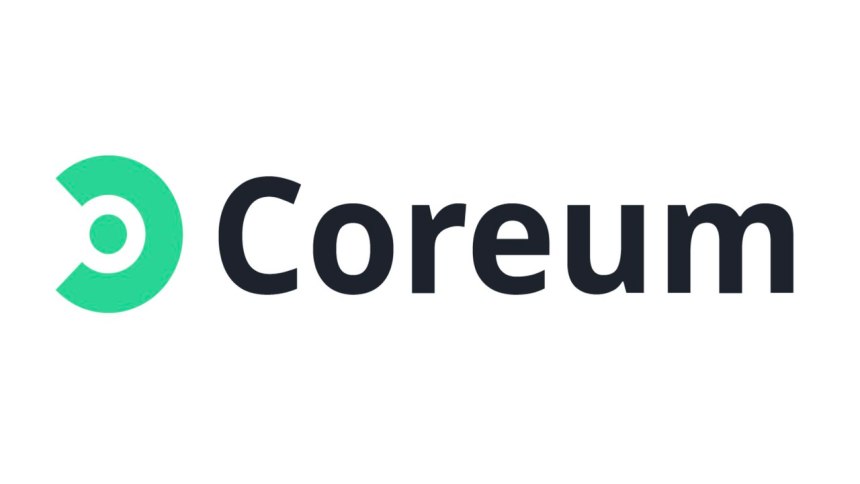With a blockchain resurgence nearing a fever pitch amid rising token prices and more regulatory acceptance—enterprises and institutions are set to play a pivotal role in the industry’s new era of prosperity.
However, critical infrastructure is still missing to ensure businesses can handle blockchain implementations seamlessly and with minimal development uplift. Enterprises now demand more adaptable solutions.
The need for architectures that facilitate interoperability natively and offer communication pathways compatible with established standards like ISO 20022 is more urgent than ever. Luckily, innovative blockchain-native solutions are stepping up to the plate to facilitate interoperability across networks that have previously been siloed—creating a foundation for easy communication and new business initiatives.
One such solution comes from Coreum, an open-source enterprise-grade layer 1 blockchain created by The Coreum Development Foundation. Recently, Coreum has successfully launched a pivotal network feature envisioned since its inception: Native interoperability with the XRP Ledger (XRPL). Coreum’s bridge protocol represents a major advancement in borderless blockchain operations, establishing a pathway for smooth asset transfers between XRPL and the growing network of IBC-compatible appchains.
“Launching our bridge with XRPL marks a significant breakthrough in blockchain interoperability for enterprises, giving those utilizing Ripple’s technology the continued innovation they need and expect,” says Bob Ras, Co-Founder of Coreum.
The decentralized bridge to XRPL enables Coreum to put DeFi capabilities in the hands of XRP and SOLO holders, enhancing asset liquidity by enabling them to join staking pools and access over 110+ IBC chains. This represents an unparalleled level of access to decentralized financial instruments that were previously unavailable to XRP holders—granting them new ways to put their assets to work.
The XRPL Coreum Bridge’s launch marks a strategic use of Coreum’s WASM Smart Contract architecture, channeling XRP and other XRPL-native assets into a diverse ecosystem of DeFi applications and use cases. It capitalizes on Coreum’s flagship Smart Token technology to simplify the integration of business logic within each token deterministic code, enabling automated functionalities like whitelisting, burning, and freezing. This native feature presents a clear example of how tokenization can be executed without complex smart contract programming, and with cross-network mobility capabilities.
In essence, the Bridge harnesses the distinct strengths of both platforms to create a product that directly augments efficiency for blockchain operations. By unveiling two-way functionality and multi-asset support, XRPL users not only have revitalized DeFi flexibility but can also access Coreum’s enterprise-grade blockchain features.
Some of the singular Coreum features that the bridge delivers through the bridge include:
- Smart Token creation and management. For XRPL-native tokens, the bridge contract generates a programmable Coreum-based Smart Token that embodies the original asset, equipping it with minting, burning, and IBC-related functions.
- IBC interoperability ensures easy and secure asset flows from Coreum to more than 100 IBC-compatible chains and expands XRPL interactivity with new ecosystems and development opportunities.
- DeFi access for XRP holders, including products for staking, lending, and borrowing among other decentralized capabilities.
- Liquidity management and enhanced liquidity options for cross-chain assets.
- Cross-chain dApp development tools and opportunities to create decentralized applications that leverage both XRPL and Coreum.
Coreum’s all-encompassing, ISO20022-compliant infrastructure puts interoperability at the forefront, granting developers, institutions, and traders greater possibilities in decentralized finance through XRPL.
To ensure tokens are accurately recognized and represented on both networks, the bridge implements a token registry for all tokens designated for bridging on Coreum and XRPL. These tokens contain critical information on the issuer, currency, bridging fees, and more through a unique denomination number.
Coreum was designed to address the essential requirements of scalability, security, and interoperability for large enterprises to adopt blockchain-based solutions, echoing Ripple’s fundamental ethos of enabling a reliable payment network for global business operations.
Ras adds: “We’re very proud of our long-standing relationship with Ripple through Sologenic and Coreum, and bringing this bridge into fruition is an impactful step forward for continued collaboration.”
